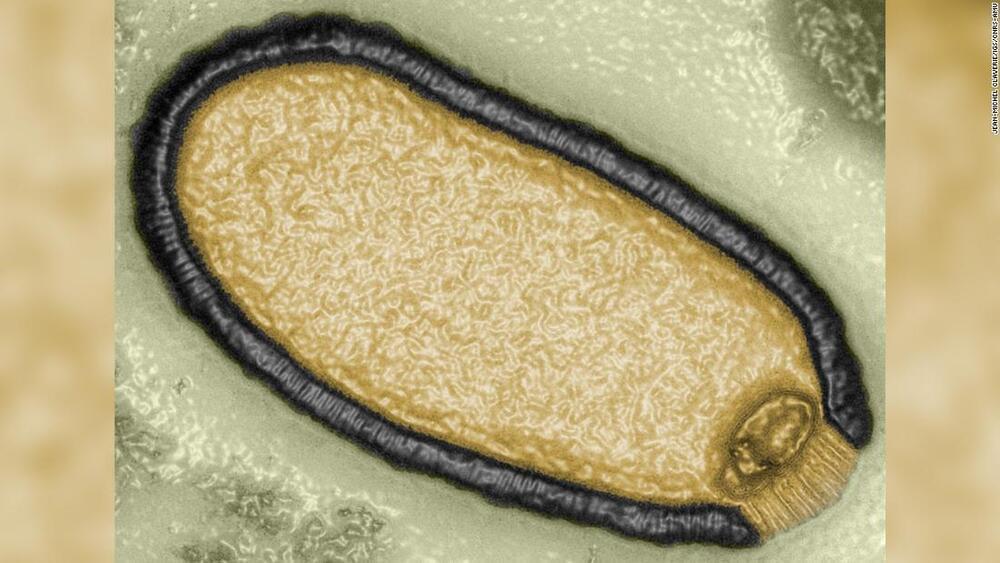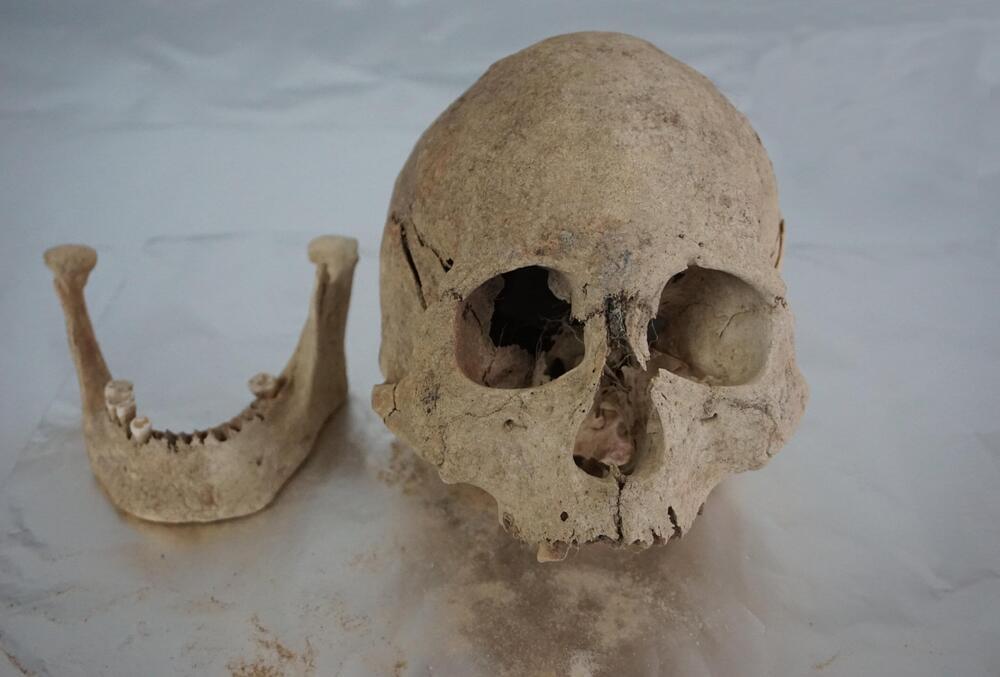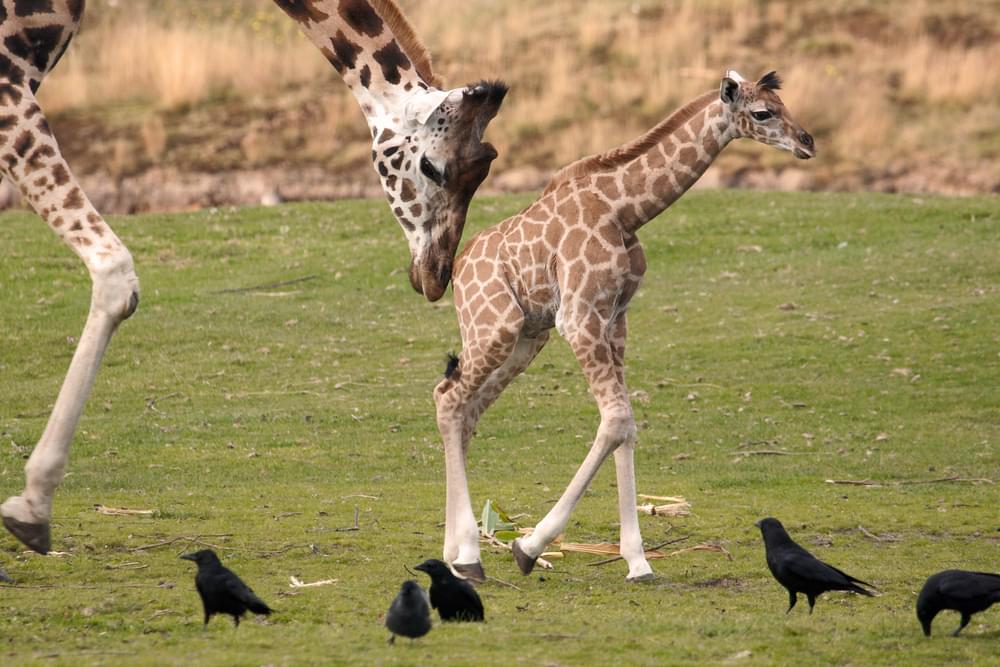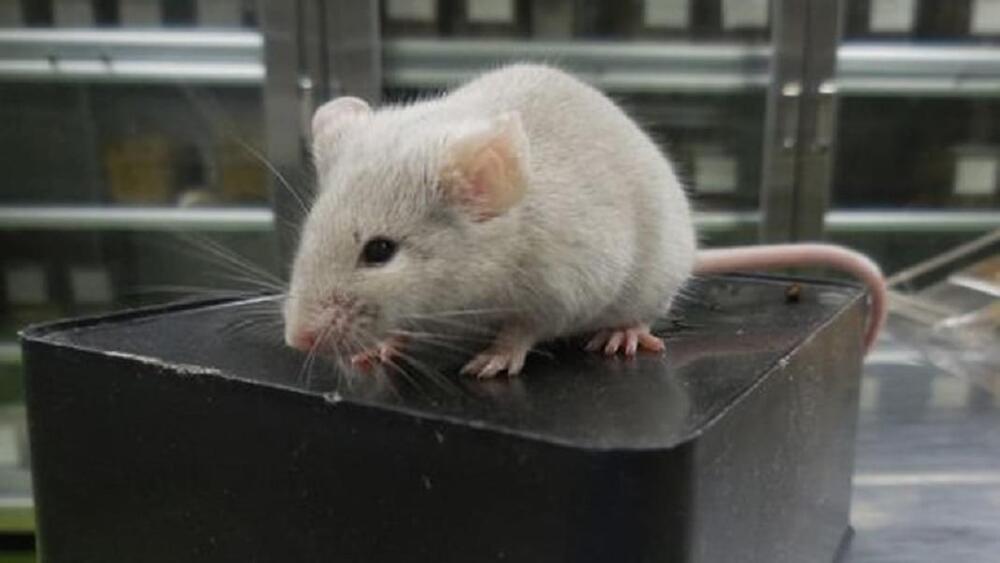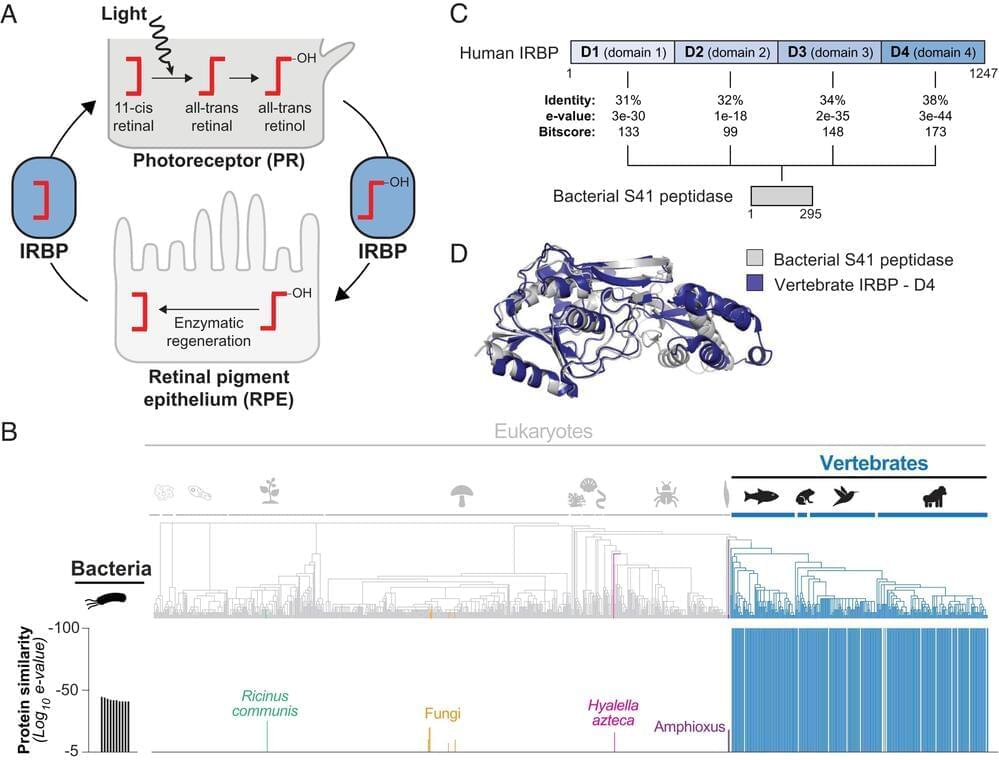Apr 12, 2023
Physicists Create Photonic Time Crystal That Amplifies Light
Posted by Paul Battista in categories: particle physics, quantum physics
A team of researchers designed a two-dimensional photonic time crystal that they say could have applications in technologies like transmitters and lasers.
Despite their name, photonic time crystals have little in common with time crystals, a phase of matter first proposed in 2012 and observed several years later. The fundamental commonality is that both crystals have structural patterns over time, but time crystals are quantum materials—the atoms are suspended in quantum states—while photonic time crystals are artificial materials not found in nature and they are not necessarily suspended in quantum states.

